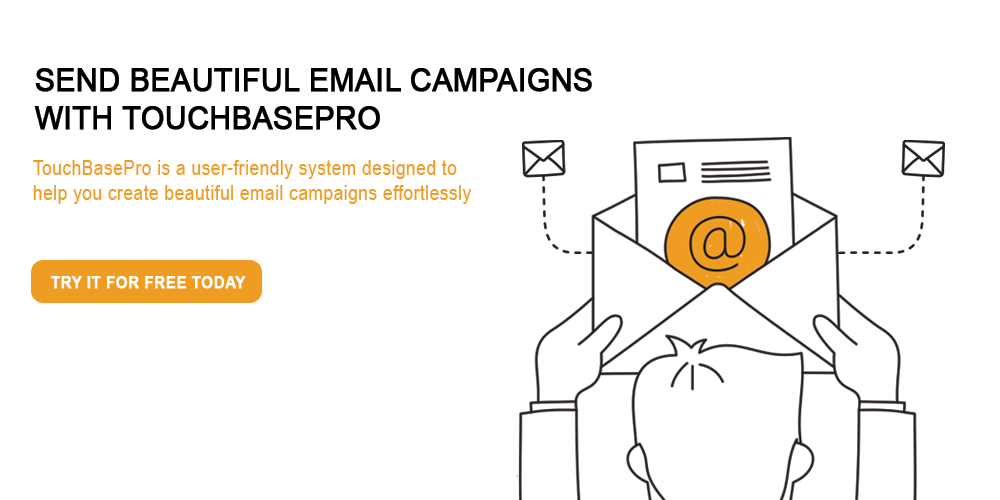Do you use a no-reply email address when you send out your email newsletters and autoresponders? If you do, your email marketing is suffering and you might not even realise why. When a recipient gets an email sent from [email protected], all it’s saying to them is “I don’t want to hear from you. I want to engage with you over email, but I couldn’t care less what your response is.” Is that the impression you want to give your subscribers?
Besides for how your customers view you, there are other important reasons to change your from email address, which we’ll cover shortly.
For your subscriber’s sake
If you use an email address that goes to a live inbox, you’re showing your customers that you welcome their communication. Granted, using a live inbox means that you’ll get a lot of auto-responders, out of office notifications and the like, but you’ll also get your recipient’s replies. Think of how much easier it is for them to just click “reply” and talk to you, instead of having to hunt down a contact us form on your website. Often, your email is going to a busy professional who doesn’t have the time to go the extra length for you, so shouldn’t you remove those potential hurdles from their path?
Replies that come directly from your email campaign offer a chance for your customers to connect, and are a valuable source for real-time feedback. Every email that you send out should be an opportunity for engagement for your users. Don’t position yourself in the minds of your customers as someone that doesn’t value their interaction.
For your deliverability’s sake
Deliverability is a complicated topic that we’ve looked at before, but one of the key factors that determine your email going to your subscriber’s inbox is engagement levels. If you’re sending emails that very few people are interacting with, you’re running the risk of ISPs starting to view your email as unwanted, and sending it straight to the junk folder instead.
Engagement by any means is definitely encouraged, if ISPs start seeing emails as wanted because people are replying and interacting with them, you stand a much better chance of reaching the inbox in the future.
But what about me?
One of the main reasons that companies still persist with using a no-reply address is that they get inundated with automated responses, like out-of-office messages or delivery failure notifications, and it becomes too overwhelming to separate the wheat from the chaff. Luckily, you don’t need to hire someone’s nephew for the day, there are easy ways to automate this process.
As an example, you can forward all of your replies to a Gmail account and use Gmail’s filters and rules to keep real replies separate from the automated ones. You can also create automated responses to let subscribers know that you got their reply and you’re on it, whatever ‘it’ is in your industry.
In conclusion
You’re a company that cares about your customers, you value them and you want to listen to them. Take the time to set up some automation on your side, then sit back and let the communication roll in. You’ll be surprised at the amount of emails that you’ve been missing out on! So for the sake of those valued recipients, and the health of your brand and sending reputation, say NO to no-reply!


